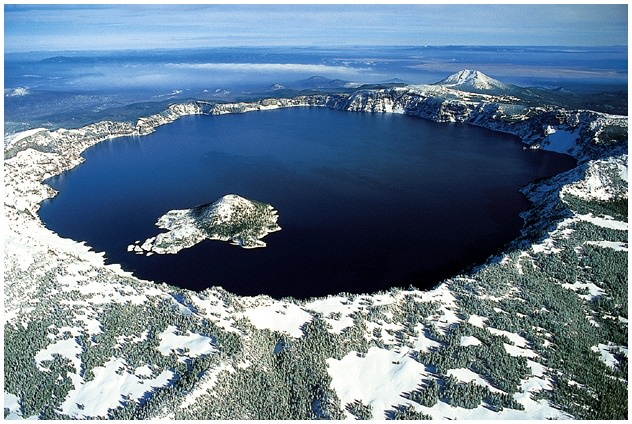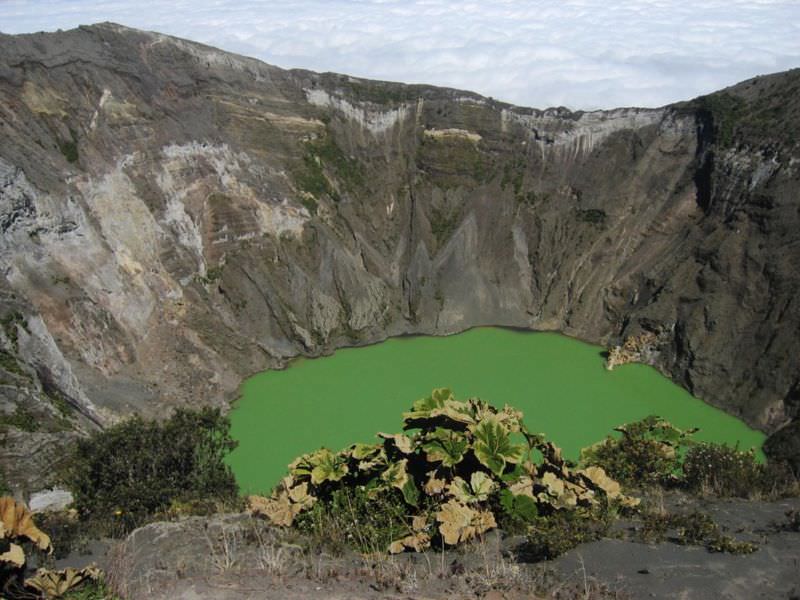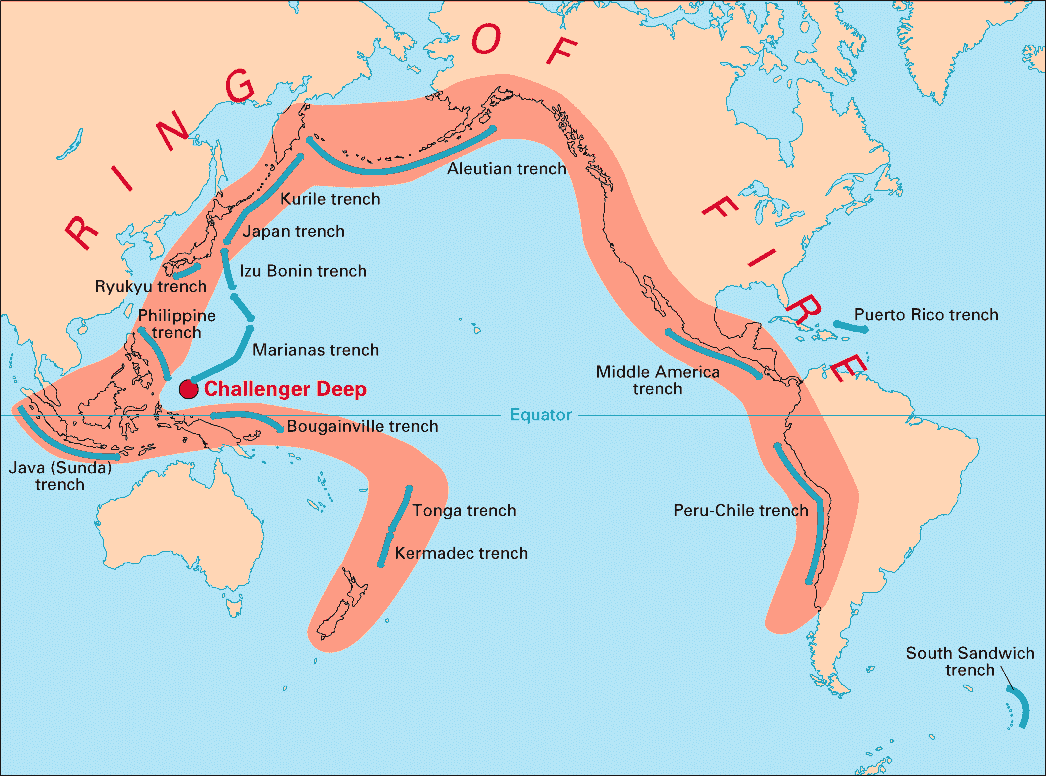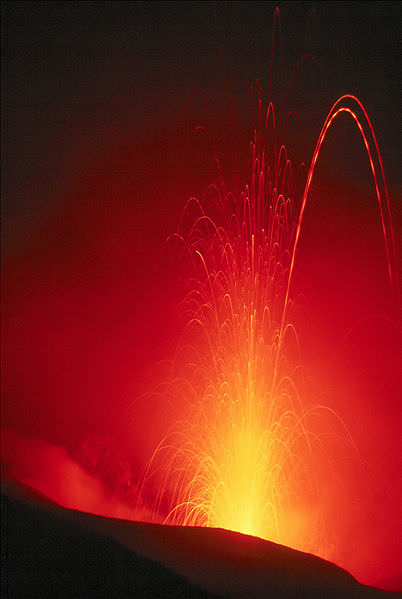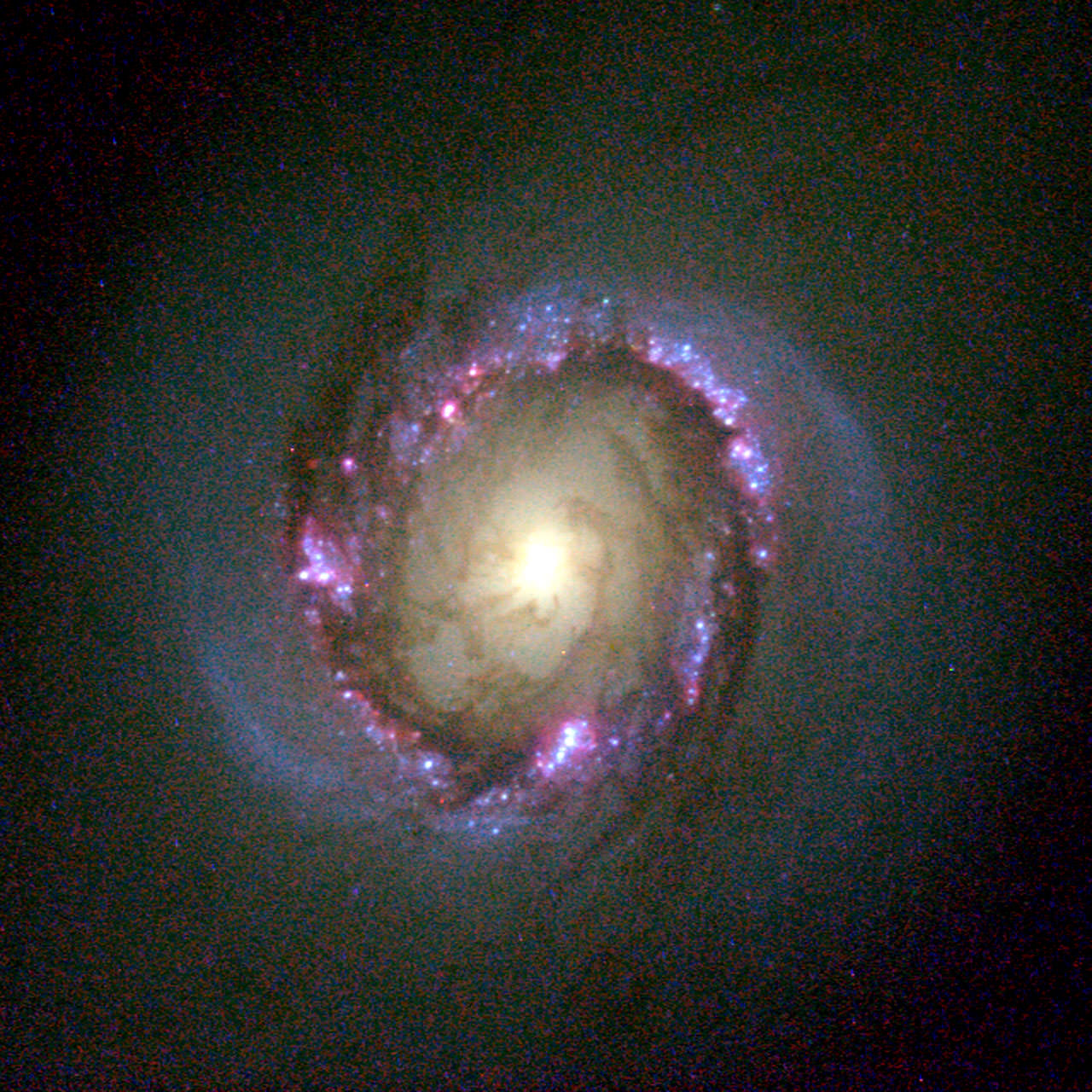[/caption]
The name “volcano” comes the island of Vulcano, located in the Mediterranean Sea off the coast of Sicily. The Romans believed that Volcano was the chimney to the god Vulcan’s workshop. The island itself was thought to come from the debris that came out of the god’s furnace. The Romans believed that the earthquakes that shook the ground around the island came from Vulcan working in his shop, creating weapons for the gods to make war on one another.
The volcanic activity on the island of Vulcano comes from the northward motion of the African Plate colliding with the Eurasian Plate. This has opened up three volcanic hotspots on the island. There are two old stratovolcano cones at the southern end of the island, and then the most active Fossa cone in the center, and another at the north of the island. Currently about 470 people live on the island of Vulcano, getting their income from tourism.
In mythology, Vulcan was married to Venus, the goddess of love and beauty. The Romans believed that eruptions on Mount Etna in Sicily were caused by Vulcan’s anger at Venus. He works the forge so angrily that the metal turns red hot and sparks and smoke erupt from the top of the volcano.
We have written many articles about volcanoes for Universe Today. Here’s an article about active volcanoes, and here’s an article about shield volcanoes.
Want more resources on the Earth? Here’s a link to NASA’s Human Spaceflight page, and here’s NASA’s Visible Earth.
We have also recorded an episode of Astronomy Cast about Earth, as part of our tour through the Solar System – Episode 51: Earth.


